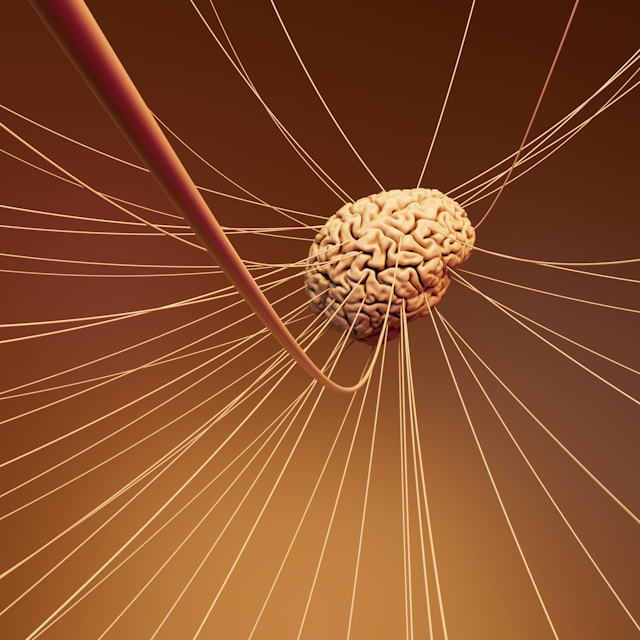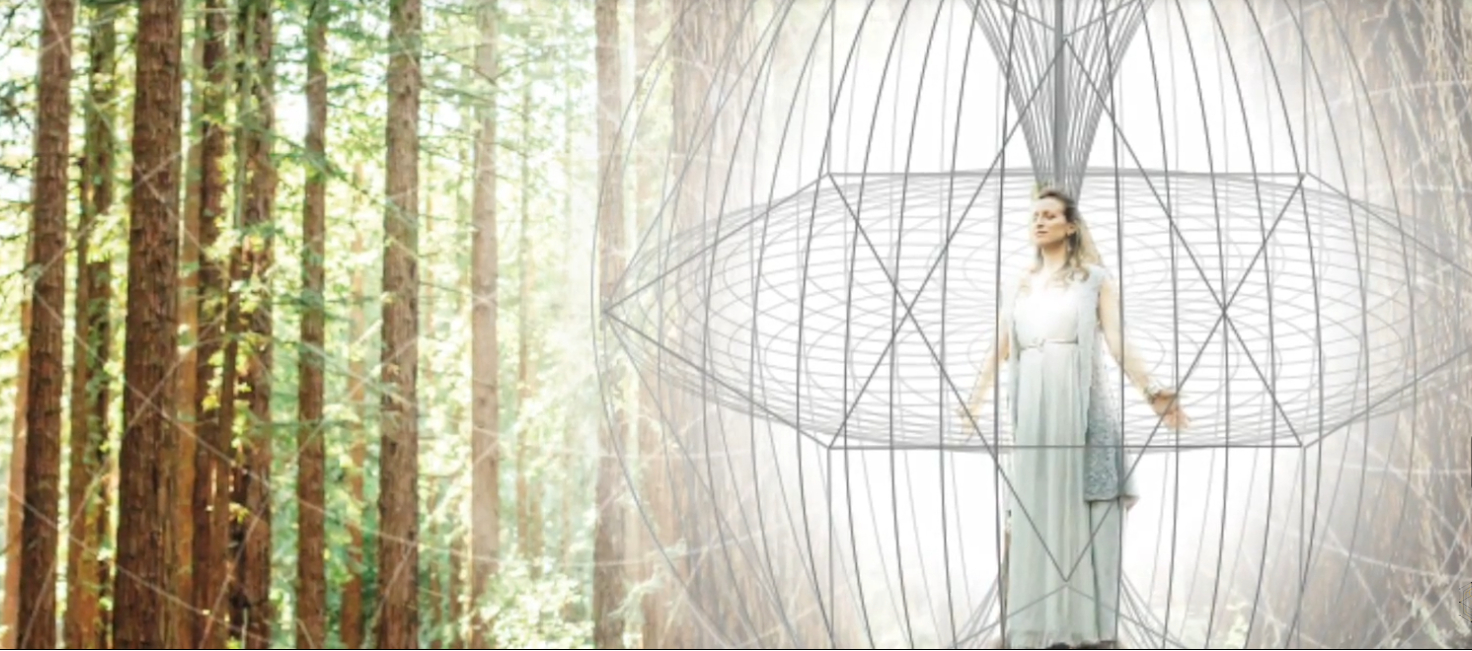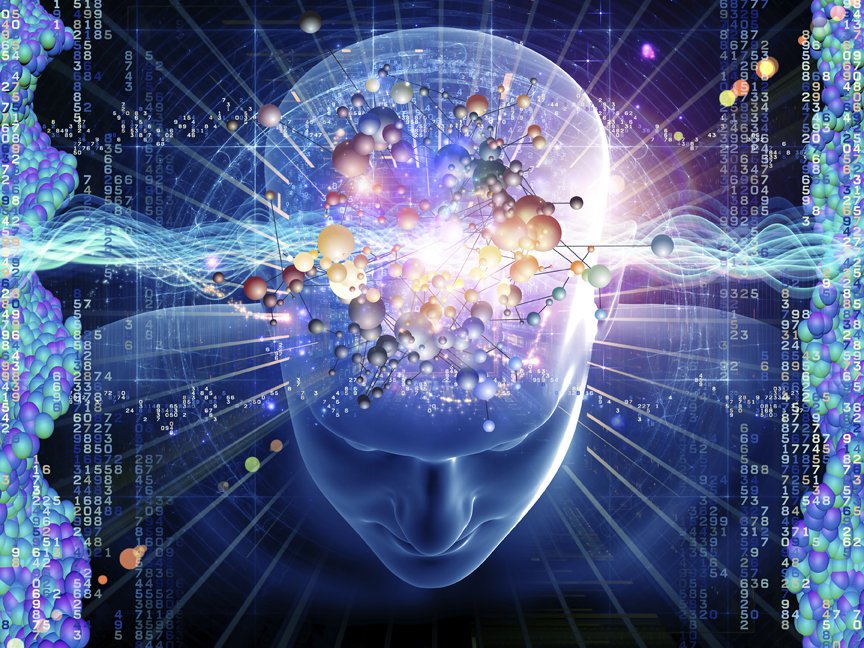The Physics of Synchronicity, Part 1: When Physics Explains Life’s Meaningful Coincidences
24 October, 2025
When Physics Explains Life’s Meaningful Coincidences
Have you ever noticed how sometimes life seems to “click”—when the right person calls just as you’re thinking of them, or when three unrelated events suddenly point toward the same insight? Carl Jung called this synchronicity, but what if we could understand it through simple physics?
My fascination with these experiences began in childhood. By thirty-three, after studying psychology, neurobiology, and consciousness, I had a breakthrough moment. I could suddenly describe what happens during synchronistic experiences: it’s as if memories from all five senses are stored in a box that occasionally opens, allowing everything to surface and collapse into a single insight or premonition.
This led me to develop a formula—not as abstract theory, but as a practical tool for understanding when and why meaningful coincidences occur.
The Pendulum Model
The key insight comes from a simple physics experiment. When you place several pendulums or metronomes on a shared moving surface, something remarkable happens: they gradually synchronize. Even if they start swinging completely out of step, tiny vibrations through the shared base allow them to “sense” each other’s rhythms. Eventually, they lock into phase, moving as one coordinated system.
This isn’t mystical—it’s measurable physics that’s been studied since 1665. The shared base acts as a medium allowing the pendulums to exchange information and align their movements.
Applying This to Human Experience
Our minds work similarly. At any moment, we have multiple “streams” active: sensory input, memories, emotions, thoughts about the future, awareness of our environment. These are like individual pendulums, each following its own rhythm.
Sometimes these streams align—perhaps you see a red cardinal while thinking about your grandmother, remembering she loved birds, just as a friend texts about visiting elderly relatives. When multiple streams intersect around similar themes, timing, or meanings, we experience synchronicity.
My formula tracks this process:
Ψ(t) = d/dt Σ [Si(t) ∩ Sj(t)] → R(t)
In plain terms: count how many streams are aligning at once, then watch how quickly this alignment is growing. When the rate of alignment crosses a certain threshold, your system responds—you feel that “click,” get an insight, or sense something meaningful is happening.
What’s new about this approach is that it moves beyond stories and anecdotes to measurable elements. We can potentially predict when someone might be most open to synchronistic experiences and understand why some coincidences feel meaningful while others don’t register at all.
The same mathematical structure appears across disciplines—from coupled oscillators in physics to neural rhythms to social movements—suggesting we’ve found a fundamental pattern of how complex systems achieve coordination.
Be sure to read the continuation in Part 2 of this article.
Photo by Frames For Your Heart on Unsplash

























Comments